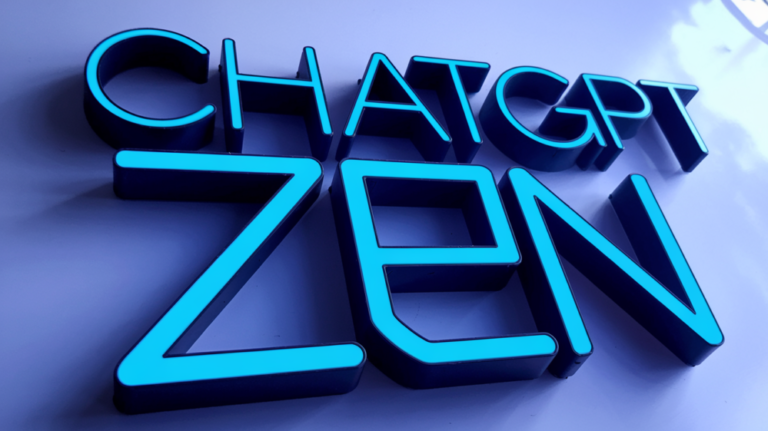In today's video, we are going to build an intelligent AI chatbot using neural networks and natural language processing in Python.
◾◾◾◾◾◾◾◾◾◾◾◾◾◾◾◾◾
📚 Programming Books & Merch 📚
💻 The Algorithm Bible Book:
🐍 The Python Bible Book:
👕 Programming Merch:
🌐 Social Media & Contact 🌐
📱 Website:
📷 Instagram:
🐦 Twitter:
🤵 LinkedIn:
📁 GitHub:
🎵 Outro Music From:
Timestamps
(0:00) Intro
(0:18) General Structure
(2:16) Setting Up Intents
(6:48) Load Training Data
(13:35) Prepare Training Data
(19:40) Build Neural Network
(24:10) Train Neural Network
(24:35) Build Chatbot
(33:34) Demonstration
(35:08) Outro











Hey NeuralNine, really like the videos.
Could you please like zoom in to the code… Or like increase the font. Its kinda difficult to see the code especially when not on full screen.
Even when youre showing other stuff like how to install mingw for c++… The text looks really small
But i really love your content and learn a lot. So if you could address that i’d be stoked
Videos on neural network theory would be fantastic! Thanks again for another great video!
look up neural networks from scratch
question, what kind of neural network architecture used here? Is it RNN?
I love your videos! They’re so useful 😀 I’ve just purchased your 7 in 1 book from amazon
I noticed that in this line:: enumerate(res) if r > ERROR_THRESHOLD my r’s are always under the threshold. Any ideas? It would be optimal if you could share also the code somehow.
22:08 Hi, i’m new to DL.. When we use Softmax, if there are (say)two outputs in the network, it will output probabilities like [.4 ,.6] or [.1, .9] or [.5, .5] etc right? (sum always 1).. so even if we enter some gibberish as input, there will always be some output(s) above error threshold of (say) .25.
How ill I tweak this so this won’t happen? ( i mean if i enter “ahfliehf fsdlihfasdh” to bot, the outputs should be like something like [0.001, 0.00123])
sooo interested to the neural network theory!!! Love this channel so much, i’ve learned so much, thank you!!
A much-needed updated vision of the chatbot from Tech with Tim. Love this video. From a viewer standpoint and someone who is coding along with you to program this thing. Either don’t put a video of yourself on the screen, put it in the upper right-hand corner, or make it smaller. It’s hard to code along with you as the camera of yourself blocks some of your code in the video.
This video is more explanatory and far better than the tech tim video, and the tech tim guy was just rushing,
question, what kind of neural network architecture used here? Is it RNN?
@Tom Cat No. It’s a simple ANN
hey. where can i get source code? any idea?
Can you make a series on neural network theory? This video was very helpful.Thanks
Helpful, how would you do entity detection or extraction using neural networks ?
Man, you are THE ONLY ONE explaining this intent type of neural net-based chatbot. Thanks a lot
this tutorial is very useful! can I have the project source code for self-learning?
This was amazing! Thank you so much I have learned a lot 😀
Hey, any idea how you’d get this to run with tflite?
Edit: Okay, I’ve gotten the model to run, but I realised nltk stemming is really slow. Is there a faster alternative?
(actually I’ll try figure out exactly what’s taking ages)
Edit #2: Nevermind, it all works, there’s just a delay the first time the process is called for some reason (Which I’ll try to trace and fix)
Thanks for the great tutorial, can’t wait to setup my own personal assistant!
Very excellent work and Good amount of stuff there in for a beginners to have. I am learning Paython now.
Great video, I learned so much, thank you!
Hi NeuralNine, this is a great piece. I would like to ask you if this tutorial would work for another language. Would it be enough to just edit intents, to comply with the language I would like to use? And the second question, do you have some tutorial, on how to implement this bot to streamlabs chatbot for twitch?
I tried it with german words and all I had to do is define the language in the word_tokenize function:
nltk.word_tokenize(pattern,language=’german’)
hey. where can i get source code? any idea?
This is an amazing tutorial brother, thanks for all the knowledge you’ve shared! You earned a subscriber!
Hello,
This is a great video. However I am having some issues in converting numpy array in tensor which showing me this error “ValueError: Failed to convert a NumPy array to a Tensor” can anyone explain how can I get rid of this?
Incredible tutorial, thanks!
ValueError: setting an array element with a sequence. The requested array has an inhomogeneous shape after 2 dimensions. The detected shape was (25, 2) + inhomogeneous part.